Walt Disney Approved
Many famous cars have graced the big screen, but none have been nearly as adorable as Herbie, the Love Bug. Since he appeared for the first time in Disney’s 1968 film The Love Bug, kids fell in love with the adorable Volkswagen Beetle, and couldn’t wait to watch him in Herbie Rides Again (1974), Herbie Goes To Monte Carlo (1977), and Herbie Goes Bananas (1980). If you’re a millennial, you also may remember that Lindsay Lohan movie from 2005, Herbie: Fully Loaded. But how did this car become so famous, and well-loved…
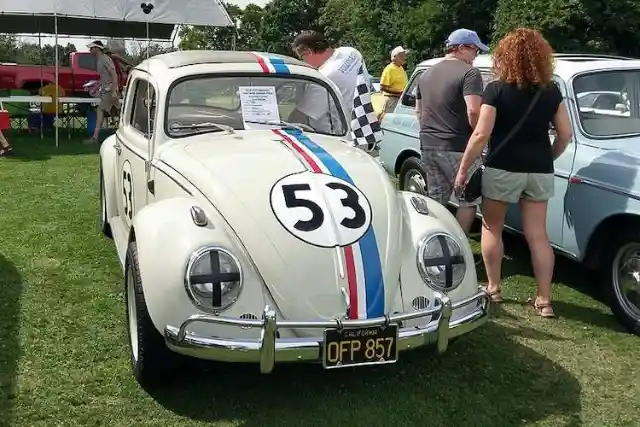
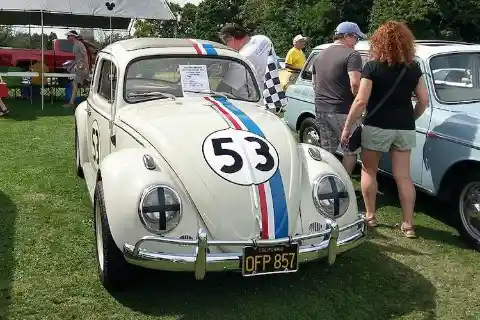
The Love Bug was one of the last live-action films that Walt Disney personally approved prior to his death, and included some big Disney stars like Dean Jones, and Mary Poppins director Robert Stevenson. In his typical fashion, Walt Disney had changed the original script around a bit. While Herbie was originally meant to be a story about the first sports car that was brought to America, the media mogul had other plans. He suggested that they develop a movie version of the 1961 book Car, Boy, Girl by Gordon Buford.
Different Cars Considered

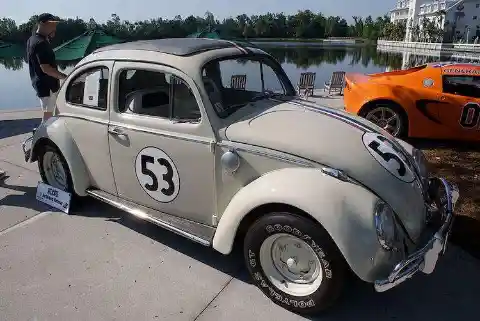
The film team went through many different titles before deciding on The Love Bug, and auditioned many different cars – from Toyotas and Volvos to an MG. But the pearl white 1963 Volkswagen Beetle Model 117 Deluxe Sunroof Sedan got the part, simply because it was the car that drew the most attention – with people almost gravitating towards the little vehicle.
Producer and writer Bill Walsh said that, “When employees walked past the auditioning cars, they only patted the VW, and the VW had a personality of its own that reached out and embraced people.” It had the human characteristics and traits to truly appeal to all audience-ages who saw the film.
A Personality All His Own
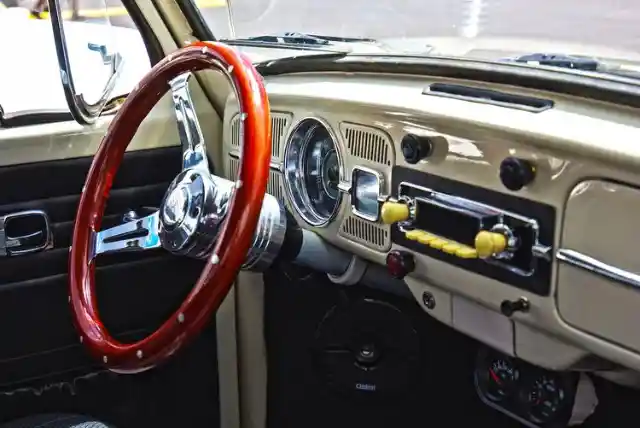
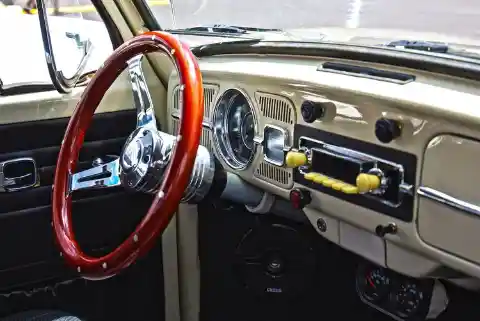
In addition to its universally appealing appearance, the bug is also the one that audiences were supposed to cheer for during all the race scenes. Herbie had to be outfitted with different engines to complete all the action sequences, and was given a personality of his own by the crew. The number “53” was chosen, because Bill Wash was a fan of LA Dodgers player Don Drysdale, who had the same number on his jersey, while the stripes on Herbie’s side are meant to be patriotic and appeal to a broader range of people.
And then there are Herbie’s hilarious gags, which were designed to give him a unique personality; like squirting oil on people’s shoes, and opening his own doors. Who couldn’t love and laugh at that? It’s no wonder that, for a while, Herbie became one of the biggest non-human stars in the movies.